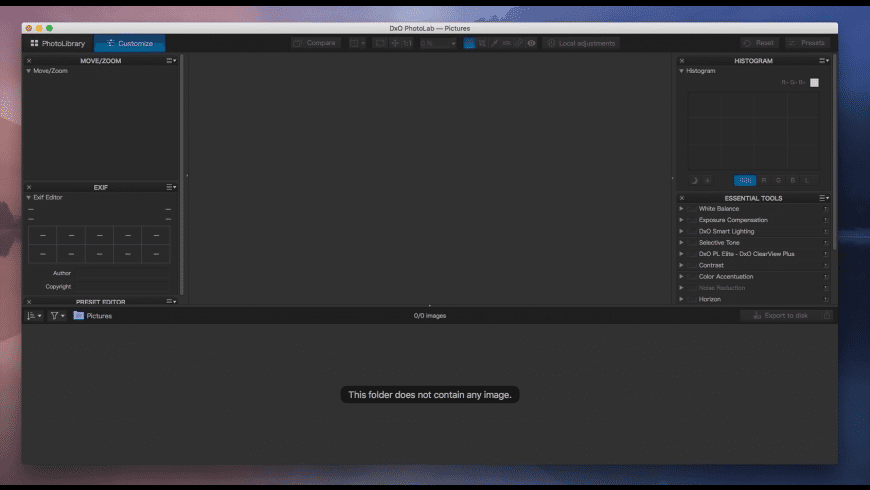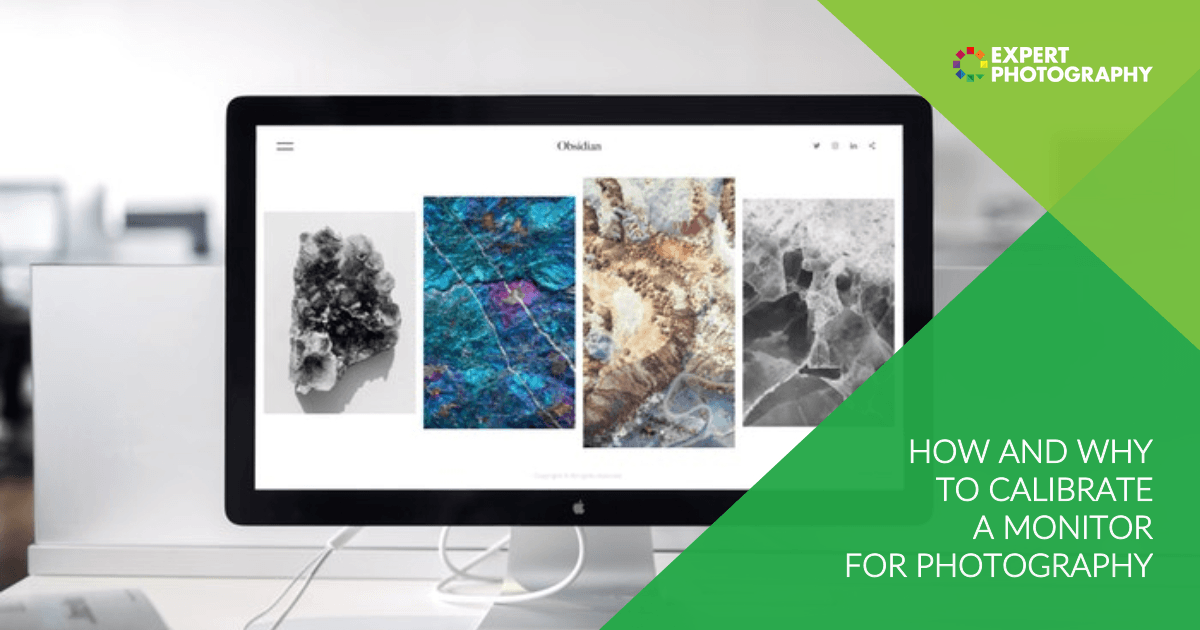Paid binuscan Mac OS Classic/X 10.1/X 10.2/X 10.3/X 10.3.9/X 10.4 PPC Version 3.5.3 Full Specs Download.com has chosen not to provide a direct-download link for this product and offers this page. Spyder2 PRO is an advanced colorimeter tool for superior color display on any type of monitor. It creates precise ICC display profiles for your CRT, LCD, or notebook displays. Spyder 2 PRO provides key filters for color and light enhancements. The system offers a better way to produce realistic coloring and flesh tones.
- Display Calibration App
- Monitor Color Calibration App
- Battery Calibration App
- Iphone Color Calibration
- Color Calibration For Mac
Hello,
I have a really odd issue with color calibration of two new MacBook Pro 2018 with the same configuration:
- 15' display
- Radeon Pro 560X + Intel UHD Graphics 630
- macOS 10.13.6
I started to calibrate the first one with X-Rite i1Display and i1Profiler.

As soon as the profile is created and loaded, I get strange azure artifacts that replace the black colors displayed on my screen, both images and text.
It's so strange as if I take a screenshot and I post here, you'll see everything ok, so I had to make a video that you can check here:
The super strange thing is that the problem persists only if you close the calibration app. If you leave it open, everything is fine. (Of course, you're supposed to close it after creating the ICC profile).

Obviously I thought that the issue was related to X-Rite, but then I decided to calibrate the second MacBook Pro using Spyder 4 Elite, so another brand with another software and another calibration probe.
The result is the same, azure artifacts with the created profile (but this time even with the calibration app open).
Does anybody experience the same issue?
Any idea?
Is there a way to report officially to Apple if the issue is confirmed?
Thanks,
Francesco

MacBook Pro (15-inch, 2018), macOS High Sierra (10.13.6)
How to delete apps on mac mini. Posted on
Display Calibration App
Published on April 16, 2015 | Updated on October 31, 2019These screens do not always have a good press in the photographer community or with color management specialists. However, they are really very beautiful aesthetically, not to mention that their quality has improved significantly since 2012 ! For example, I noted an average Delta e of only 0.25 (2000 standard) with my i1Display Pro on the last iMac Pro Retina from 2017 ! It is therefore time to learn how to calibrate them.. in order to use them without a second thought..
Because of their reflections, which are indeed very annoying in many lighting environments, Mac displays and especially their beautiful iMacs have very bad press. Moreover, they are very limited in their settings : just the brightness.
However, since July 2011 and the release of a new generation of calibration tools, particularly at X-Rite (Colormunki Display and i1Display Pro), it is quite possible to calibrate these screens, and, in my opinion, in a very nice way.
Personally, I would say that their main defect because it will bother everyone remains their reflections (which have been considerably reduced on the 2013 versions) because their second defect - a not very extensive gamut - will not necessarily bother everyone. Indeed, who needs an extended gamut every day ? Not everyone, I assure you. Look at the magnificent images of Vincent Munier to convince yourself !
To hide an update: Open the Mac App Store and click the Updates tab. Right click on the update(s) that you wish to hide, and click Hide Update. Example: To unhide an update: Open the Mac App Store. Click the Store tab in the menu bar and select Show All Software Updates. Example: Why there could have been no. It usually happens when app store updates stuck in OS 10.15 but there may be some other issues too. Luckily, we have several tips to fix frozen app store issues on macOS 10.15. Let's learn its causes first. Well, technology is a blessing but sometimes it may give you a headache, just like the frozen app store. Macos app store. MacOS Big Sur elevates Mac to a new level of power and beauty with a refined new design, major app updates, and more transparency around your privacy.
Monitor Color Calibration App
The specificities of calibrating an iMac or Mac screen
But what makes Mac or iMac displays so difficult to calibrate a priori ? Is it because of their panel ? Of their settings? Of their graphics cards ?
What about the quality of iMac and Apple Display panels ?
There are now three main categories of computer display panel quality : TN, PVA and IPS for short. The better the quality, the easier it is to calibrate it but above all to edit your photos on it and obviously some photo retouching. Why ? Mainly because bad panels are distinguished by their poor viewing angle. With these panels it is indeed impossible to keep the same brightness as soon as you turn or lower your head. However, Apple, for the past two years, has been using the best technology, IPS. Before 2011/2012, iMac screens were complicated to calibrate but things have improved considerably since then.
- iMacs have been using IPS white LED panels since 2012,
- Apple Displays use IPS panels but with fluorescent tubes (CCFL).